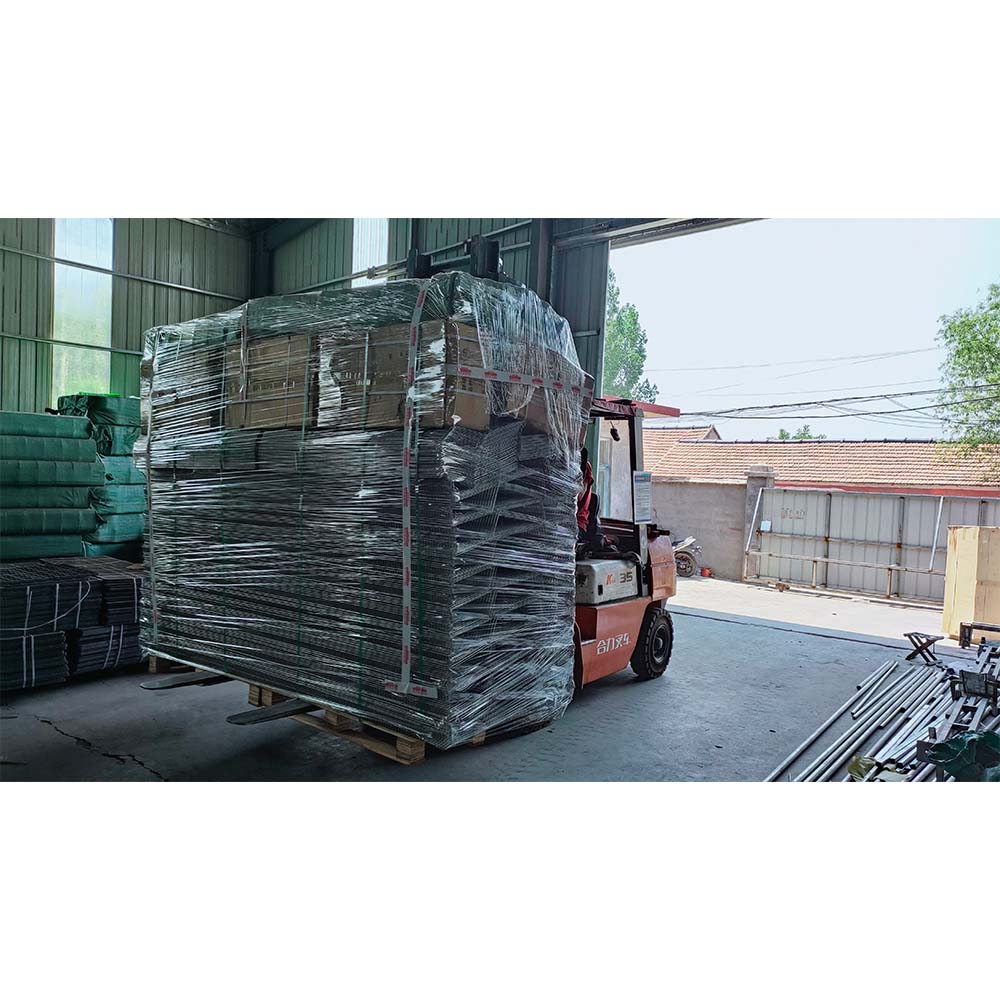Animal Pellet Feed Production Equipment for Efficient Livestock Nutrition
Aug . 21, 2024 09:10 Back to list
Animal Pellet Feed Production Equipment for Efficient Livestock Nutrition
The Importance of Animal Pellet Feed Machines in Modern Agriculture
In the ever-evolving landscape of agriculture, the demand for efficient feed production has never been higher. As livestock farming becomes increasingly intensive and organized, the use of animal pellet feed machines has emerged as a vital solution. These machines are designed to convert raw materials into pellets, ensuring that animals receive a nutritionally balanced and easily digestible diet.
What are Animal Pellet Feed Machines?
Animal pellet feed machines are specialized devices that compress ground feed ingredients into pellet form. The process involves grinding grains, legumes, and other feed components to a fine powder. This powder is then mixed with water and other additives such as vitamins, minerals, and binders before being fed into a pellet mill. Inside the pellet mill, the mixture is subjected to high pressure and temperature to form cylindrical pellets, which are subsequently cooled and packaged.
Benefits of Pelletized Feed
The transition from traditional loose feed to pelletized feed offers several advantages. Firstly, pellets improve feed efficiency. Animals find it easier to consume pellets, minimizing waste and ensuring that more nutrients are absorbed into their systems. This improved feed efficiency translates into faster growth rates in livestock and better production outcomes in poultry and aquaculture.
Moreover, pelletized feed enhances the digestibility of the ingredients. The heat and pressure used during the pelleting process break down the cellular structure of the feed components, making nutrients more accessible to animals. This can be particularly beneficial for young animals, which require a high-energy diet for optimal growth.
Streamlining Feed Production
animal pellet feed machine

The incorporation of animal pellet feed machines into farming operations can significantly streamline feed production. With advanced technology, these machines are capable of processing large volumes of feed in a relatively short time, meeting the rising demands of modern livestock farming. Automated systems not only enhance productivity but also reduce labor costs associated with manual feed preparation.
Furthermore, the ability to customize pellet recipes allows farmers to tailor the nutritional content to the specific needs of their animals. This level of customization is particularly important in mixed farming operations, where different species may require varying dietary formulations.
Environmental Considerations
The environmental impact of animal feed production is another crucial aspect. By adopting pellet feed technology, farmers can reduce feed waste, thereby lessening the ecological footprint of livestock farming. The compact nature of pellets means that they require less storage space and are more economical to transport, further contributing to lower greenhouse gas emissions.
Additionally, many modern pellet feed machines are designed to be energy efficient, utilizing less energy per unit of feed produced. This focus on sustainability aligns with the agricultural industry's broader goals of reducing waste and promoting environmentally sound practices.
Conclusion
In conclusion, animal pellet feed machines play a pivotal role in enhancing the efficiency, sustainability, and nutritional quality of animal agriculture. By centralizing feed production, improving digestibility, and allowing for customization, these machines offer numerous benefits that directly impact livestock health and productivity. As the agricultural sector continues to grapple with the challenges of increased demand and resource constraints, the adoption of innovative technologies like pellet feed machines will be crucial in shaping the future of animal husbandry. Embracing these advancements not only ensures the well-being of livestock but also promotes a more sustainable and efficient agricultural system overall.
-
Hot Sale 24 & 18 Door Rabbit Cages - Premium Breeding Solutions
NewsJul.25,2025
-
Automatic Feeding Line System Pan Feeder Nipple Drinker - Anping County Yize Metal Products Co., Ltd.
NewsJul.21,2025
-
Automatic Feeding Line System Pan Feeder Nipple Drinker - Anping County Yize Metal Products Co., Ltd.
NewsJul.21,2025
-
Automatic Feeding Line System - Anping Yize | Precision & Nipple
NewsJul.21,2025
-
Automatic Feeding Line System - Anping Yize | Precision & Nipple
NewsJul.21,2025
-
Automatic Feeding Line System-Anping County Yize Metal Products Co., Ltd.|Efficient Feed Distribution&Customized Animal Farming Solutions
NewsJul.21,2025






